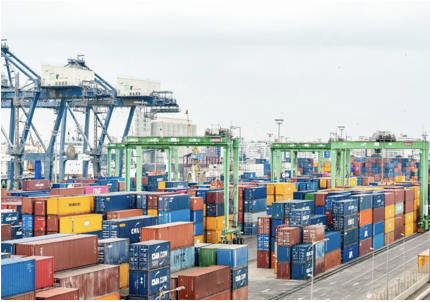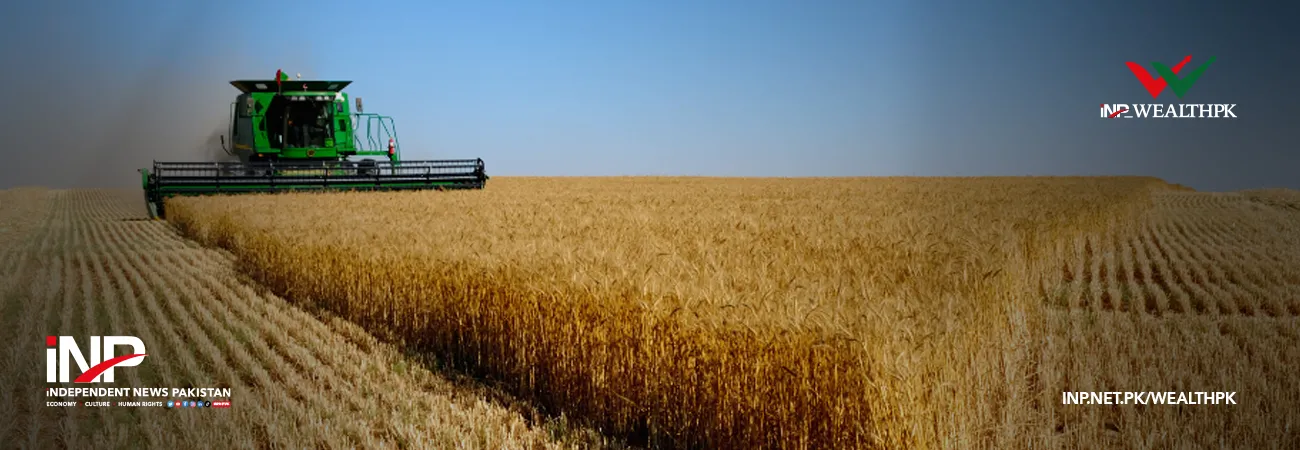آئی این پی ویلتھ پی کے
Moaaz Manzoor
In a cautiously encouraging development, Pakistan’s economy has managed to maintain its footing in FY2025, with the momentum from services and industry proving strong enough to counterbalance agriculture’s underwhelming performance, offering mild relief amid persistent structural rigidities.

Speaking to WealthPK, Amer Zafar Durrani, President of Reenergia, cautioned that growth estimates varying by a few percentage points do not indicate much. He stressed the need for a fundamental restructuring of the growth model and the governance framework. He argued that sustainable growth for a country like Pakistan requires more than just temporary rebounds.
“We need to lower the population growth rate, improve health and education with a particular focus on eradicating stunting, manage agriculture with climate adaptation in mind, and reduce the size of the federal government,” he stressed.
According to him, the federal government must refocus on its core responsibilities, such as defense, public finance, the rule of law, and asset management, while shifting the burden of revenue mobilization to the provinces and districts.
The ADB’s Asian Development Outlook (July 2025) echoed these concerns, raising Pakistan’s FY2025 GDP growth estimate from 2.5% to 2.7%, primarily due to stronger-than-expected performance in the industrial and services sectors, despite a contraction in agricultural output.
The inflation outlook also improved, thanks to a sharper-than-anticipated drop in food and non-food prices over the fiscal year. Still, the forecast for FY2026 remains unchanged at 3%, falling short of the government’s 4.2% target.
The ADB highlighted that the underlying challenges, including governance bottlenecks, slow investment recovery, and global trade uncertainties, continue to limit the growth momentum.
In light of these factors, Muhammad Bilal Ejaz, Research Analyst at Ismail Iqbal Securities, pointed out, “ADB has revised Pakistan’s FY2025 growth estimate from 2.5% to 2.7%, which is aligned with the provisional growth of 2.68% in the Pakistan Economic Survey 2025.”
He described the FY2026 outlook of 3% as “cautious optimism,” noting that while external conditions remain volatile, domestic fundamentals, particularly services and industry, are slowly regaining ground. However, he acknowledged that consistent growth would require more than sectoral improvements; macroeconomic stability and policy continuity are essential.
Pakistan’s economy has made incremental progress in FY2025. Still, experts agree that without addressing structural gaps, especially in governance, human capital, and fiscal decentralization, the country will continue to fall short of its full potential, with short-term growth gains offering only a fleeting sense of progress.
Credit: INP-WealthPk





